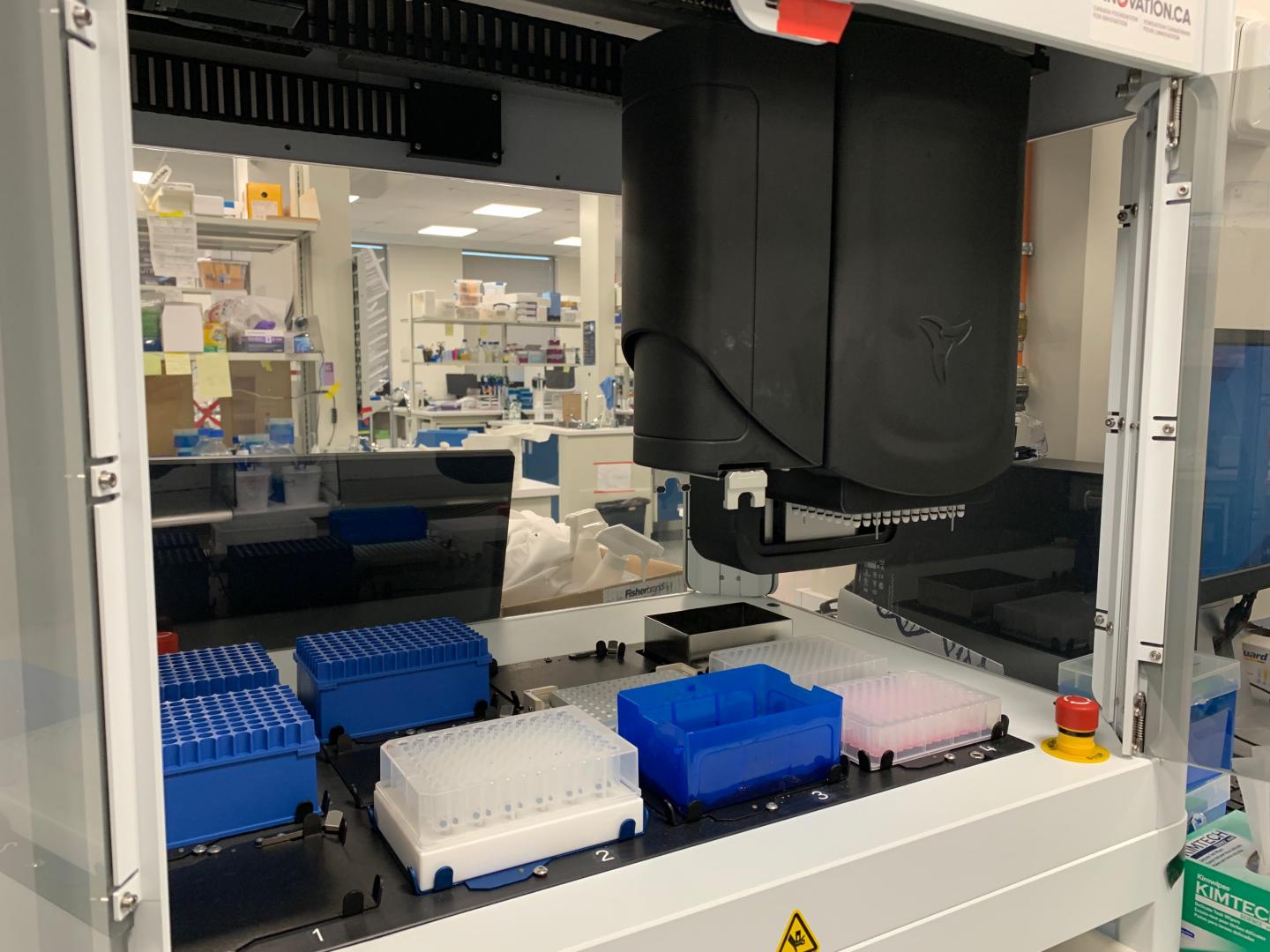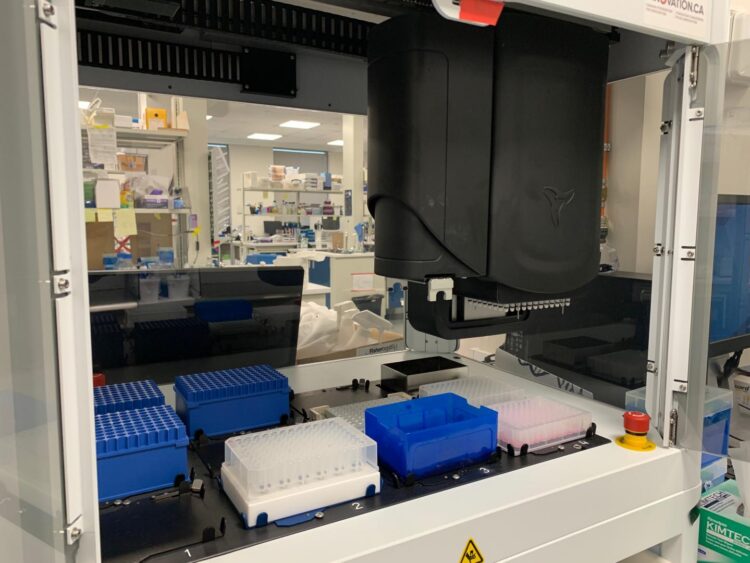
Credit: Pierre-Luc Pradier.
Just as redeploying a fleet of small British fishing boats helped during the Battle of Dunkirk, marshalling the research equipment and expertise of the many agtech labs around the world could help combat pandemics, say the authors of a just-published article in Nature Biotechnology.
Sophisticated agtech labs and equipment used for crop and animal breeding, seed testing, and monitoring of plant and animal diseases could easily be adapted for diagnostic testing and tracing in a human pandemic or epidemic, the article states.
“If there is anything this current pandemic has shown us, it is that we need to mobilize efforts on a large scale to ramp up diagnostics,” said lead author Steven Webb, chief executive officer of the Global Institute for Food Security (GIFS) at the University of Saskatchewan (USask).
“We must mobilize ‘large ships’ to fight pandemics by exploiting and adapting the screening capacity of high-throughput plant breeding laboratories which can rapidly analyze hundreds of thousands of samples.”
The authors urge a national or international effort to co-ordinate rapid redeployment of digital agriculture infrastructure for pandemic preparedness. This approach would relieve the pressure on limited testing tools in the health sector and speed up the ability to respond with treatment and measures to contain the spread and occurrence of disease.
“Agtech has the infrastructure and capacity to support this need through its versatile equipment that can be used for very large-scale and automated applications including genetic testing and sequencing, virus detection, protein analysis, and gene expression,” Webb said.
For instance, automated analysis of new plant varieties could be quickly switched to the automated detection of viral RNA or proteins, as well as detection of neutralizing antibodies, in humans. Selection of the fittest plant cultivars for breeding could be replaced by confirmation of patient diagnose of infectious diseases.
“As an example, the Omics and Precision Agriculture Laboratory (OPAL) at GIFS combines the digital data analysis of plant genes and traits with the latest precision agriculture technologies, and can provide a complete profile and data analysis of 3,000 plant samples per day,” said Webb.
“Appropriate quality control measures would guide OPAL’s switch from plant sample testing and analysis to human sample diagnostics during a pandemic, complying with regulation and using processes personnel are trained to employ.”
GIFS has already lent equipment to enable expanded testing of COVID-19 blood samples and has donated materials and supplies to the Saskatchewan Health Authority.
The article notes that pandemics also affect animals and plants, with severe consequences for human food security, the economy, the environment, and society. For instance, the Great Famine in Ireland caused by the potato blight in the 1800s led to one million deaths and the spread of the blight in Europe claimed another 100,000 lives.
The article stresses the need to be able to adapt available agtech infrastructure from ‘peacetime’ applications to emergency use for diagnostic testing. This requires development of contingency protocols at national and international levels.
“There needs to be comprehensive quality control, standardizing the process and outcomes of this high-capacity testing of pandemic diagnostic samples,” Webb said.
As well, there’s a need to invest in agricultural technologies that can easily be adapted for medical use during pandemics.
“We need to be proactive to fight the next one. A proactive approach on all fronts will ensure the world is more prepared with the infrastructure and resources needed to respond to a pandemic,” said Webb.
###
Other collaborators on the paper include: Richard Twyman, director of Scientific Management Consultancy TRM Ltd. in the United Kingdom, and Maurice Moloney, founder and management partner of AgritecKnowledge LLC, an international consultancy network for agricultural technologies, also in the United Kingdom.
Media Contact
Olufunke Okochi
[email protected]
Original Source
https:/
Related Journal Article
http://dx.





